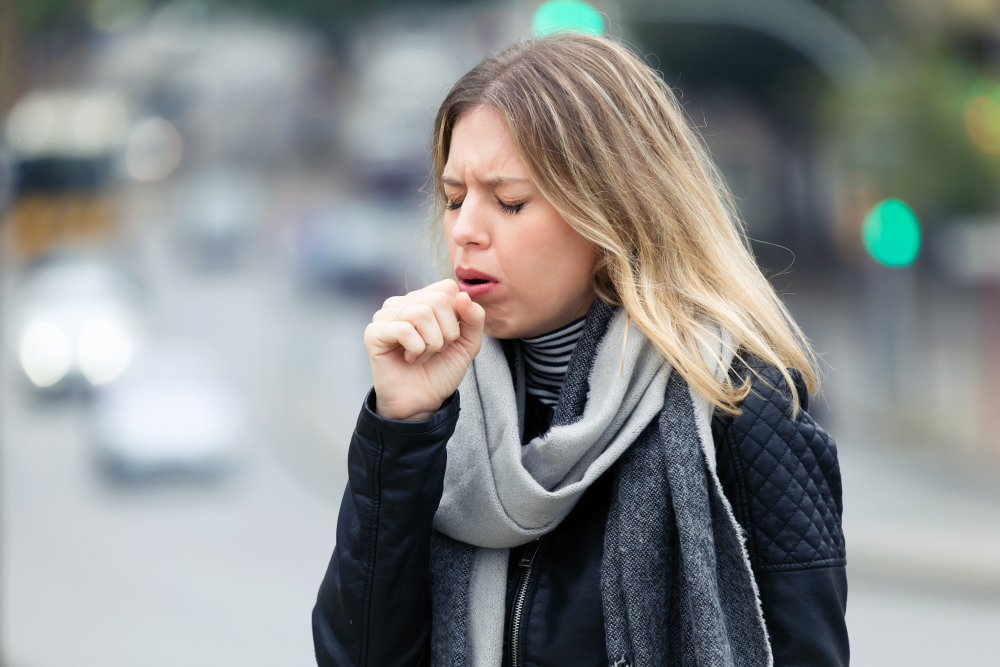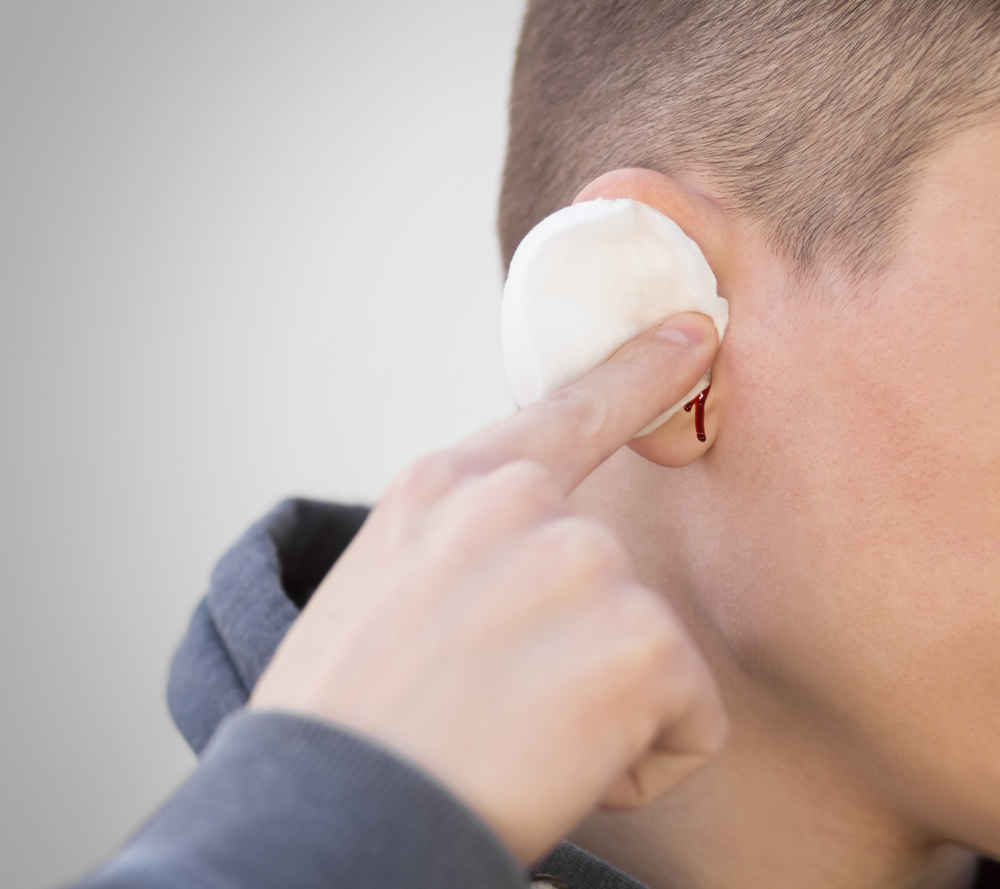The interconnected nature of the ears, nose, and throat means that more than just air moves between these areas. Mucus, a common byproduct of various respiratory conditions, can also travel through these passages. One common symptom of this interconnectedness is post-nasal drip. While usually harmless, this condition can sometimes lead to more serious issues, such as bronchitis.
What is post-nasal drip?
Post-nasal drip happens when there is a buildup of excess mucus in the nasal passages and drips down the back of the throat. The nose naturally produces about a quart of mucus daily to keep the nasal passages moist and trap foreign particles. Under normal circumstances, this mucus is efficiently managed by the body. However, when an individual is unwell, due to a cold, allergies, or sinus infection, the production of mucus increases, overwhelming the body’s ability to manage it.
This excess mucus gravitates down the throat, potentially affecting the respiratory system. In some cases, the mucus may even reach the lungs, contributing to various symptoms such as a sore throat, cough, or even more severe respiratory conditions like bronchitis or pneumonia.
Bronchitis: causes and symptoms
Bronchitis leads to the inflammation of the bronchial tubes, which are responsible for carrying air to and from the lungs. This inflammation can cause symptoms such as coughing, chest congestion, and sore throat, making breathing more difficult.
There are two primary types of bronchitis:
- Acute Bronchitis: Often triggered by a viral or bacterial infection, acute bronchitis usually resolves within a few days or weeks.
- Chronic Bronchitis: This long-term condition is commonly associated with prolonged exposure to irritants like tobacco smoke or environmental toxins. While chronic bronchitis can be managed, it is not curable and requires ongoing treatment.
The link between post-nasal drip and bronchitis
Excessive mucus from post-nasal drip can irritate the bronchial tubes, leading to an inflammatory response. This inflammation may result in bronchitis, especially if the body’s immune system reacts strongly to the mucus. The risk of developing bronchitis from post-nasal drip increases under certain conditions:
- Smoking: Smoking damages the respiratory system, making it more susceptible to infections and inflammation.
- Chronic Sinus Infections: Frequent sinus infections lead to persistent post-nasal drip, increasing the likelihood of bronchitis.
- Allergies and Asthma: Ongoing allergic reactions and asthma can cause chronic post-nasal drip, heightening the risk of bronchitis.
- Compromised Immune System: A weakened immune system struggles to fight infections, making bronchitis more likely in the presence of post-nasal drip.
Preventing bronchitis from post-nasal drip
To reduce the risk of developing bronchitis due to post-nasal drip, consider the following preventive measures:
- Stay Hydrated: Drinking lots of water helps thin out mucus, which makes it easier to expel from the body.
- Use Throat Lozenges: These can soothe throat irritation caused by post-nasal drip.
- Maintain Humidity: Using a humidifier can keep the air moist, preventing the nasal passages from being dry and inflamed.
- Rest and Recovery: Ensuring ample rest allows the body to recover from infections, reducing the severity of post-nasal drip.
- Over-the-Counter Remedies: Medications that alleviate symptoms like coughing can assist in managing post-nasal drip and reducing the risk of bronchitis.
Seeking professional help
If symptoms of bronchitis persist or occur frequently, it’s crucial to consult an ENT specialist. They can provide effective treatment options to manage post-nasal drip and prevent complications such as bronchitis. Addressing the root cause of post-nasal drip can significantly improve health and overall well-being.
Find an ENT specialist near you to explore treatment options to manage your post-nasal drip.



